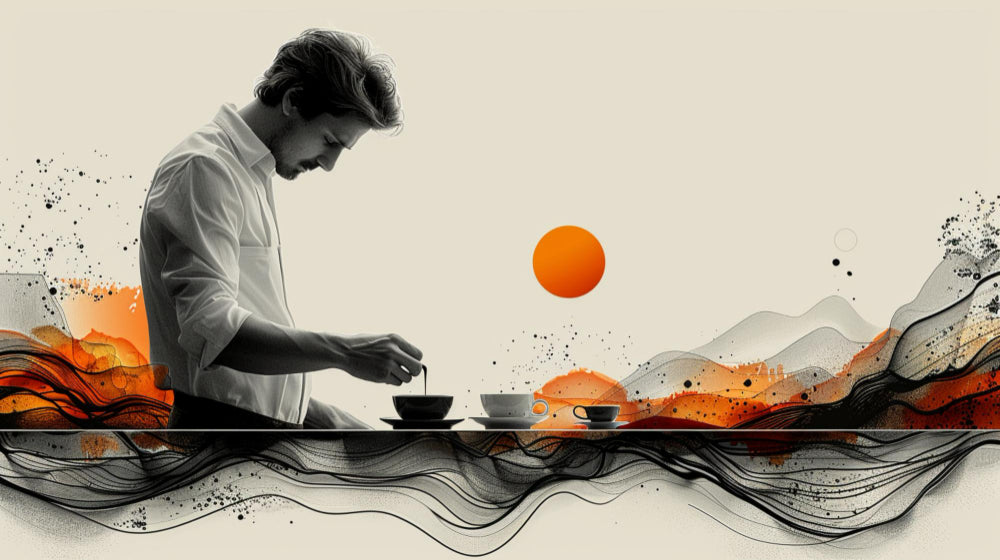
Abstract Art for Beginners: Simple Techniques to Get Started
Share
Abstract Art for Beginners: Simple Techniques to Get Started
Abstract art is an exciting and liberating form of expression, breaking free from the conceptual representation with which it has been associated, exploring shapes, colors, and textures. Begin by exploring with an emerging artist mentality to unlock the possibilities of abstract art. Here are a few techniques and tips to get you started on the way, whether you are working with canvas, paper, or digital platforms. And here is your guide to creating your own abstract masterpieces.
1. Freedom of Expression
Abstract beauty is about that which does not need to represent some particular thing. There are no right answers and rules, but rather how you feel from what the art is communicating; by giving it your honest feelings, you are allowed to freely express your emotions without worrying about what others may think. Don't hold back as a beginner with all the expectations of creating something beautiful. Feel free to experiment, and don't set a mastery line for when you surprise yourself with something good.
2. Begin with Simple Forms
If you don't know where to start, try playing around with simple forms. Circles, squares, triangles, and lines are all capable of serving as the basis for your work. Play around with the size, placement, and color of these simple forms. The less complex the elements from which you are building, the more likely it is that you will be able to experiment with balance and contrast in order to introduce complexity as you find your way.
3. Experiment with Color
Color is a very intense element in abstract art and can be used very mightily to describe lots of emotions. As an amateur, colour selection often turns into something they fuss over. Don't. The most basic step is to create a color palette that you like-that's enough for the span of time we are given on this earth-but soft pastels or bright, bold colors are just two examples and remember; don't be afraid to mix and blend them, gradients or splashes to give movement to your work.
4. Playing with Texture
Texture will give your abstract art dimension. Feel free to experiment with layering paints or mixing in different techniques, such as using sponges or palette knives. Use other materials like fabric or sand. Completely different textures can change the mood, while great textures bring visual interest to your piece. Textured art really gives people a reason to see it up close, bringing them closer into the art.
5. Follow Your Instinct
Perhaps the main key of abstract art is to trust your instincts instinctively. There is no plan nor vision about the work; it seems to evolve as you do. If it's right, do it. If you don't like something, you can change it. Abstract art is discovery; instinct will guide you.
6. Practice
Like every other skill, abstract art is best learned with practice. The more you try the more varied techniques and materials, the better. Time will reveal you to be uniquely styled.
Conclusion
Well, starting abstract art could be pretty challenging, but ultimately it's more of a type of exploration and self-expression. I mean, abstract art is not meant to be precise. It's more of a feeling and instinct. So go ahead, gather your things, let go of your perfectionism, have fun, and enjoy the process-it may just surprise you!
Abstract Art for Beginners: Simple Techniques to Get Started








